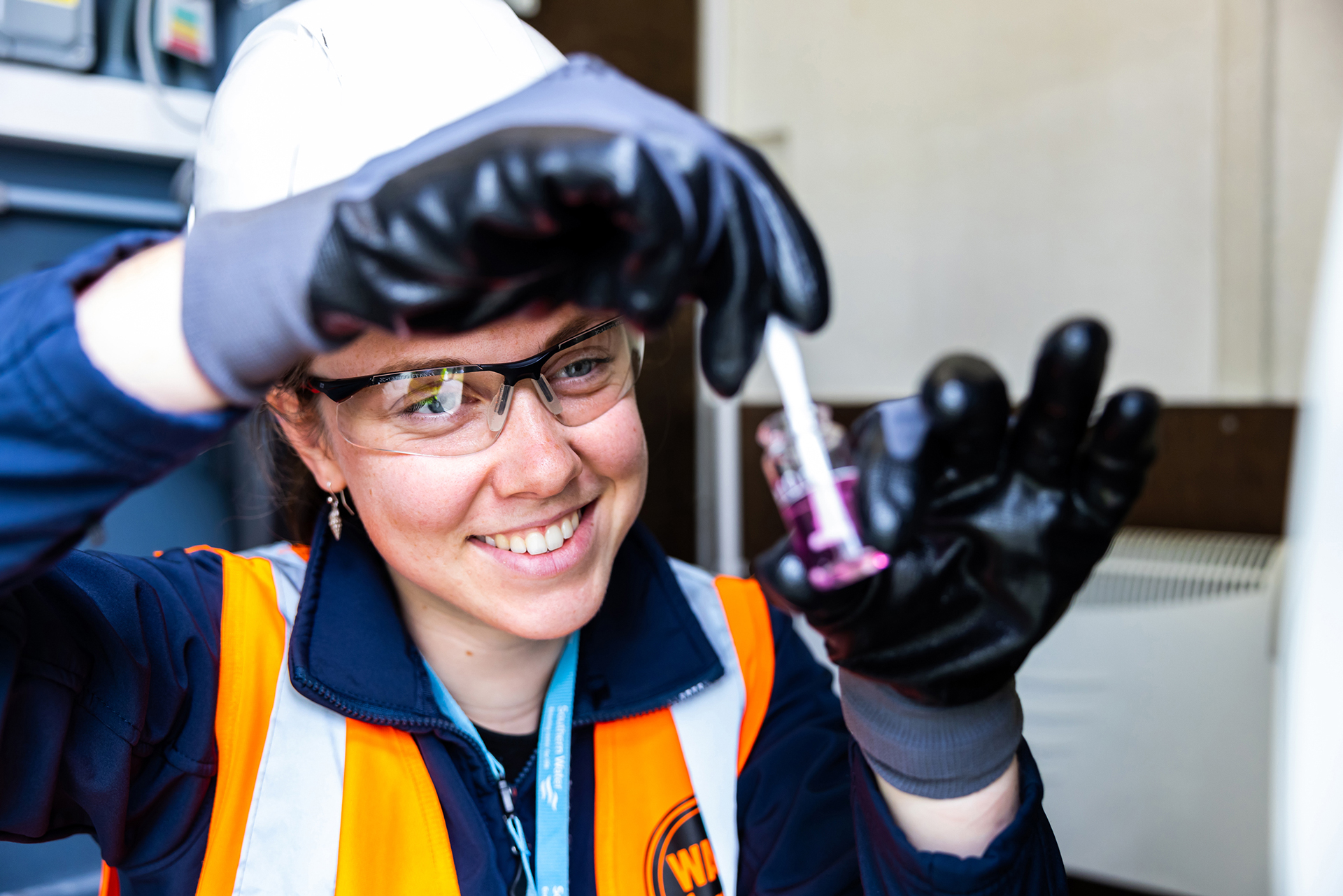Construction
Our construction programme for the Project is proposed to start in 2029 and last about four years. Each part of the Project could involve different construction activities, from tunnelling of pipelines to construction of plant, some of which could take place at the same time. Impacts on local communities are likely to be most noticeable during the construction period.
Possible impacts could include noise and vibration from construction works, temporary impacts on people’s views while works take place, and temporary disruption to land and roads/footpaths where pipelines would be laid or plant built. Positive effects could include the opportunity for up to 350 jobs in Hampshire from the Project’s construction.
The Project has been carefully designed to avoid built up areas through careful routing of the pipelines and by using tunnelling where necessary. Our extensive assessments will continue to look at where impacts could arise and we will put various management plans in place to ensure impacts are avoided and mitigated as much as possible.
Our Outline Construction Environmental Management Plan, available as part of the Summer 2024 Consultation, sets out industry best practice measures and techniques to ensure the effects of the Project’s construction on local communities are minimised.
Operation
Once operational, the Project will run 24 hours a day. As the pipelines will be predominantly buried, most people will only see the water recycling plant and above ground plant along the pipeline route to Otterbourne.
Through careful design and landscaping, we are looking to ensure these permanent buildings are sensitively integrated into the local environment and impacts on views minimised. Maintenance activities at these sites and along the pipeline routes will be minimal, largely relying on remote monitoring and controls.


